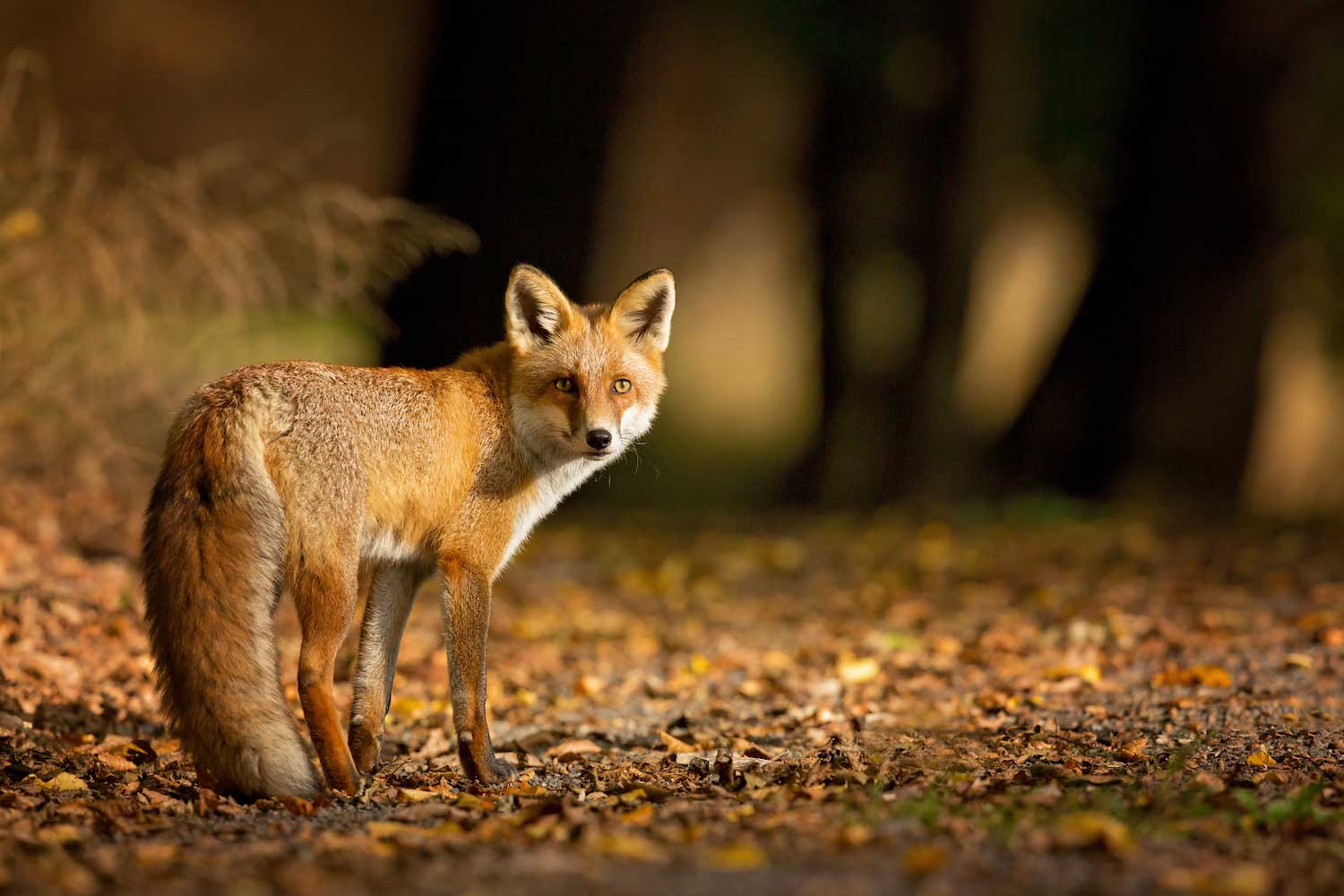Nature curiosity: Why don't humans have tails?

In the animal world, tails are pretty common. Most mammals have them, and they come in pretty handy for many reasons. Even many non-mammals have useful tails. Turtles and salamanders have tails, birds have tail feathers and fish have tail fins.
For mammals, especially, tails are an identifiable feature. Some creatures, like white-tailed deer and cottontail rabbits, are named for their tails. They are useful too. Some monkeys and other mammals, including opossums and porcupines, have prehensile tails, which means they are capable of holding or grasping objects. Many mammals use their tails for balance. Elephants and other mammals use their tails to swat flies away, while foxes and tree squirrels use their bushy tails as blankets to keep warm, the Washington Post reports. Male hippopotamuses — or do you say hippopotami? — use their tails to spread their feces around to mark their territory. Even aquatic mammals, like whales and dolphins, have tails that help them swim and navigate through the water.
Humans seem to be some of the only mammals that don't have tails. We aren't quite alone, though. No great apes, which humans are, have tails. That means we share this tailless trait with bonobos, chimpanzees, gorillas and orangutans.
Great apes haven't always been without tails, however. It wasn't until about 25 million years ago that fossil records reflect apes without tails, according to Smithsonian Magazine. The reason apes lost their tails had long been a mystery, but research now suggests it was because of a genetic mutation.
Many millions of years ago, primates used their tails for the same reason many mammals use their tails today — to help maintain their balance as they navigated around their environment, the Smithsonian reports. Apes' tails seemingly disappeared suddenly, not over the course of a long stretch of time, as evolutionary changes typically do.
The question of why apes lost their tails was studied by researchers at New York University's Grossman School of Medicine. They look at the genes that control the formation of different parts of the skeleton, comparing six apes that lacked tails to nine monkeys that have tails, according to the New York Times. Their research led them to focus on one gene that they believed may have mutated, causing apes to lose their tails. They were able to test the theory by genetically modifying mice to have the same mutation that they believed caused apes to lose their tails, and many of those mice with the modified gene did not grow tails or grew shorter ones.
While it cannot be proven that the mutation in one gene was alone responsible for apes losing their tails, it is solid evidence of the possibility. It is possible that the mutation carried on in apes because it proved beneficial to them in their environment, the Smithsonian reports.
While we and our ape relatives no longer have a tail, we do have a tailbone, also called the coccyx. Most humans also have tails in our embryonic stage in the womb, and those tails are what grow into our tailbones, according to WebMD. Our embryonic tails, also called vestigial tails, usually disappear by about eight weeks. In rare cases, however, the tail does not disappear and a baby is born with a tail.
It is extremely rare for humans to be born with tails, WebMD reports. When it does occur, the "tail" is actually a pseudotail, and it is typically the result of a condition such as spina bifida or an irregularly shaped coccyx. When this occurs, doctors can surgically remove the pseudotail.
